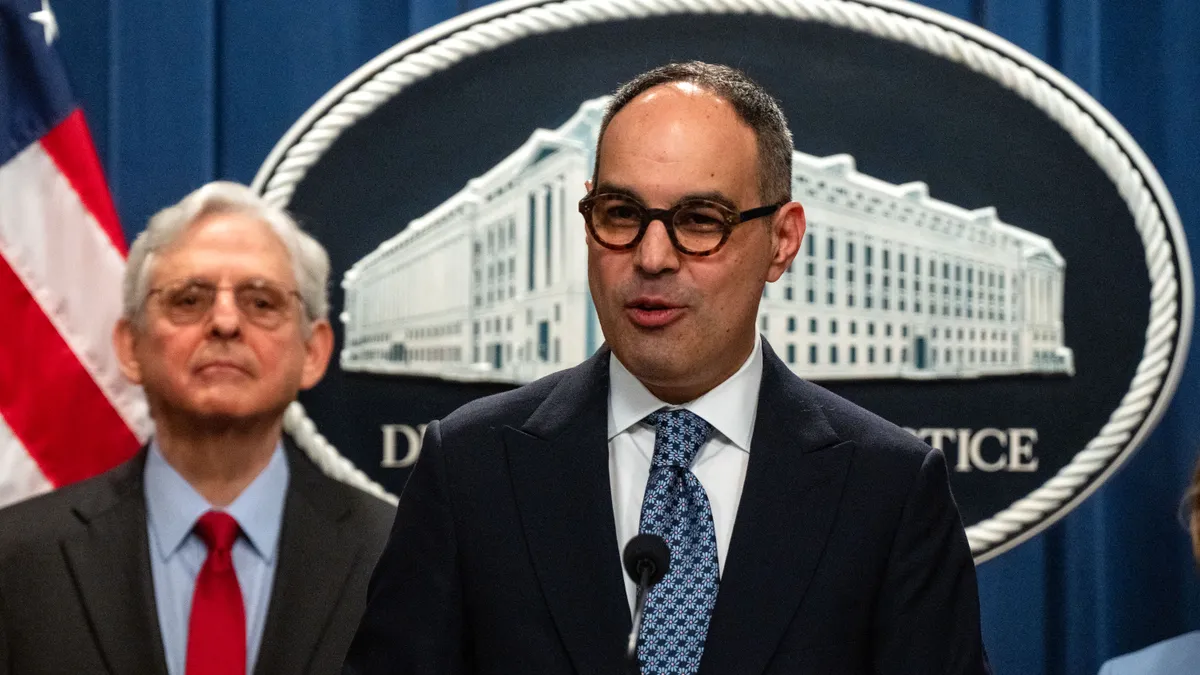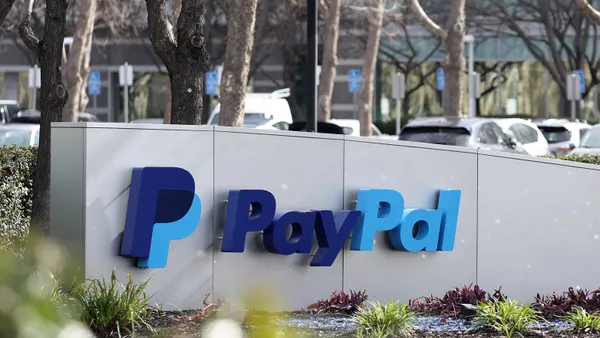Carlos Kazuo Missao is the head of innovation for the U.S. and Latin America at the German digital technology consulting company GFT Group. He is based in New York, working with banking, finance and insurance clients.
As FedNow’s July launch approaches, U.S. banks and financial institutions have an opportunity to close a gap between instant payment capabilities in the U.S. and those in international markets around the world. Brazil, India and the United Kingdom, among other countries, now have millions of consumers and institutions relying on their centrally regulated instant payment systems, which enable consumers to securely send and receive transactions from anywhere, at any time, regardless of who they bank with.
But perhaps even more pressing for banks stateside is that FedNow will put them in a position to compete with and win back customers from digital challengers and fintechs who already offer instant payment services. Banks will have a significant leg up in protecting consumers from payment security and fraud risks that most fintechs aren’t equipped to combat on their own.

In order to move “full steam ahead” with regulators’ suggested guidance and preparations for implementing FedNow, U.S. banks aren’t starting from scratch. Instead of learning the hard way, they can learn from the experiences and challenges of countries that have gone before them.
The U.S.’s approach to FedNow has been far less structured than Brazil’s three-phase rollout of Pix. In phase one, Brazilian banks were given about six months to develop their internal instant payments integrations, based on clear requirements published by that central bank. Next, the government launched an official registration period. And finally, banks had another three or four months to test their offerings before Pix’s country-wide launch.
U.S. banks won’t have the luxury of this level of structure. Not only are they dealing with a much tighter timeline, they’ve received little guidance on what FedNow will look like or how to integrate with it. They also haven’t received any information about their ability to conduct quality assurance testing before launching their instant payments capabilities.
The Federal Reserve announced this month that banks can begin the certification process to participate in FedNow this April, ahead of its July launch. The faster that banks can bring their new instant payment capabilities to market, the further ahead they’ll be of their direct competitors and the sooner they’ll be able to win back consumers that have turned to instant payment services from fintechs.
Think of instant payments as more than a new capability; they’re a new experience. When creating their digital roadmaps in preparation for FedNow, banks need to think beyond the transactional nature of instant payments and imagine how these payments can lead to an optimized customer experience. In creating a simple, fluid and aesthetically-pleasing experience surrounding their instant payment offerings, banks will strengthen their relationships with both new and existing customers.
Prepare for the delicate balancing act of introducing new infrastructure with existing or legacy systems. FedNow will involve new regulations, as well as new API-driven technologies for banks to implement and integrate without disrupting — or worse, damaging — their existing architectures. Banks must carefully anticipate potential problems that could arise from integrating these new open APIs into their current (often legacy) systems.
Banks that are looking to be ready in time for the July launch will be dealing with short deadlines and large teams, while managing several important stakeholders with different demands. The key will be doing this in a way that doesn’t compromise quality — or add unnecessary delays.
Banks are already in compliance with federal regulations that make them more secure than digital challengers. The lack of compliance and regulations that have benefited fintechs’ ability to attract consumers who want instant payment services from fintechs will soon be a weakness that banks can point to when educating consumers on their new offerings.










